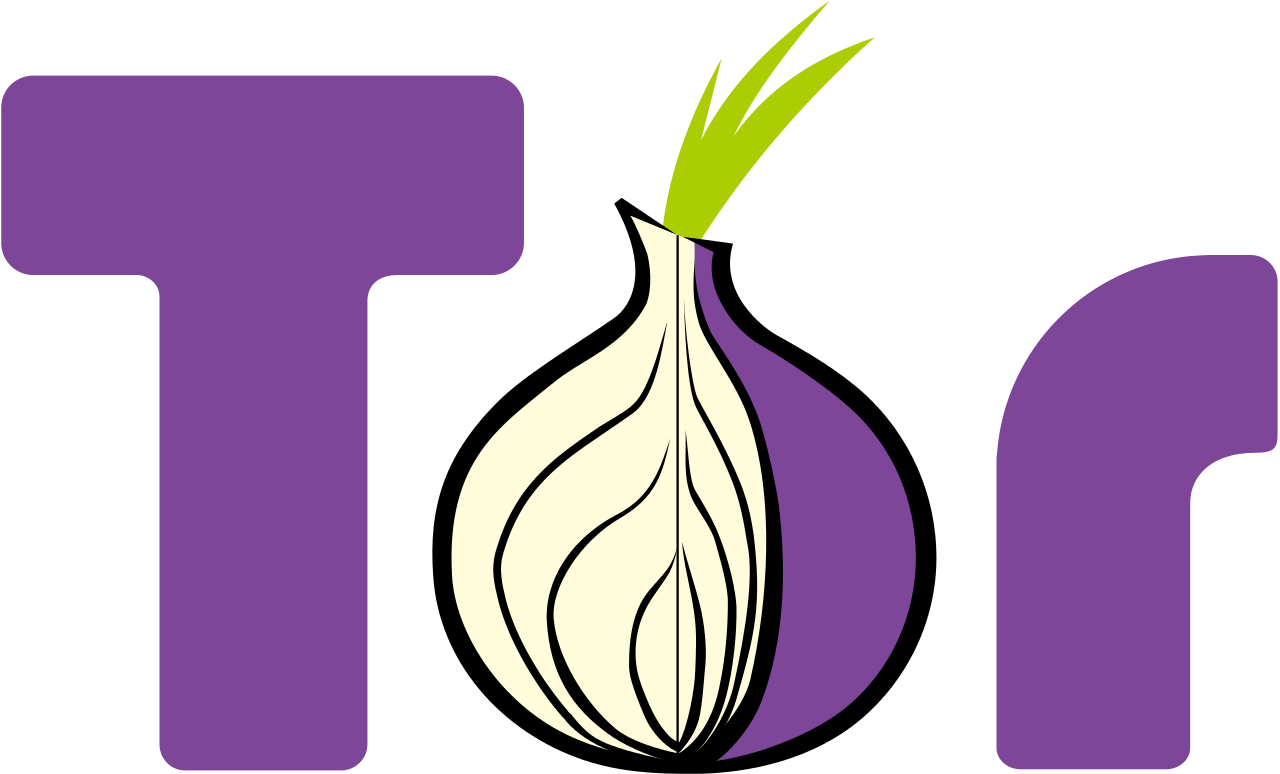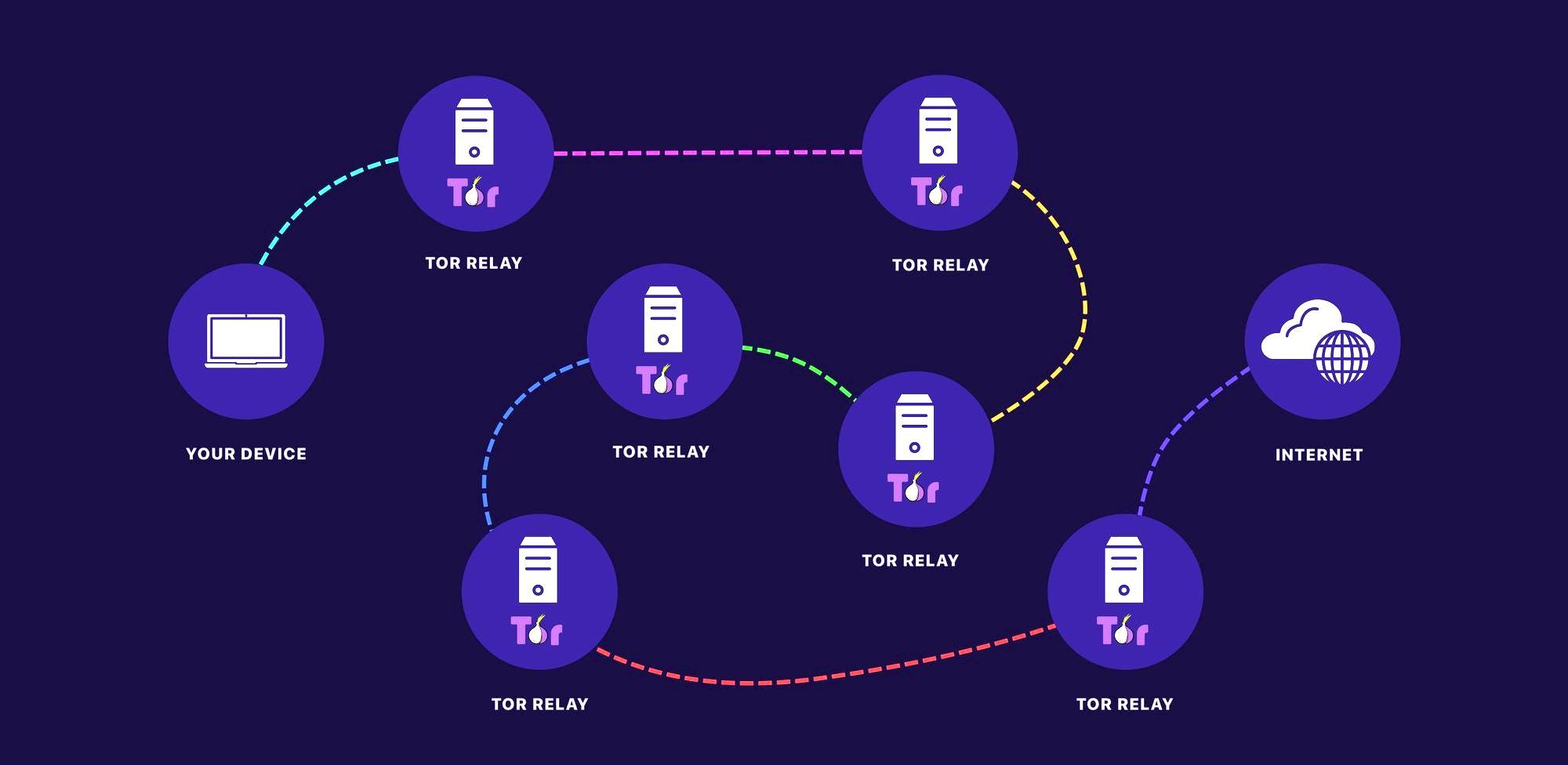Tor is enabled by default on all Casa Node 2 units. For Casa Node 1, Tor must be turned on in the settings.
What is Tor?
Tor is a network of computers around the world that routes and encrypts internet traffic for participants.

Tor, an acronym for The Onion Router (its original name), was developed in the 1990s to protect government communication. Since its inception, however, it has grown to be useful for an array of applications.
Everyday citizens use Tor to avoid invasive data tracking. Journalists use Tor to share sensitive information in politically oppressive climates. News organizations use Tor as a safe way for whistleblowers to speak up. Bloggers use it to assert their opinions without fear of their name being tied to the blowback.
Normally, your internet data is routed through only one server. Tor routes data along a random pathway of volunteer servers, known as "relays," or "nodes." These relays combine to form the Tor network. As your data moves from one relay to another, each relay adds its own layer of encryption.

This creates multiple layers of encryption that keep your data private from each relay it touches, and from external actors. These layers of encryption led to the "onion" metaphor.
How does Tor Relate to the Casa Node?
The Casa Node allows you to the option to connect to the Tor network. We recommend that you enable Tor connections for both bitcoin and Lightning on your Casa Node for several reasons:
- Enhanced privacy
- Improved security
- Remote access to your node
- Easier set-up and maintenance
Learn how to set up Tor on your Casa Node 1 here.
Learn how to use Tor to access your Casa Node outside your home network here.
